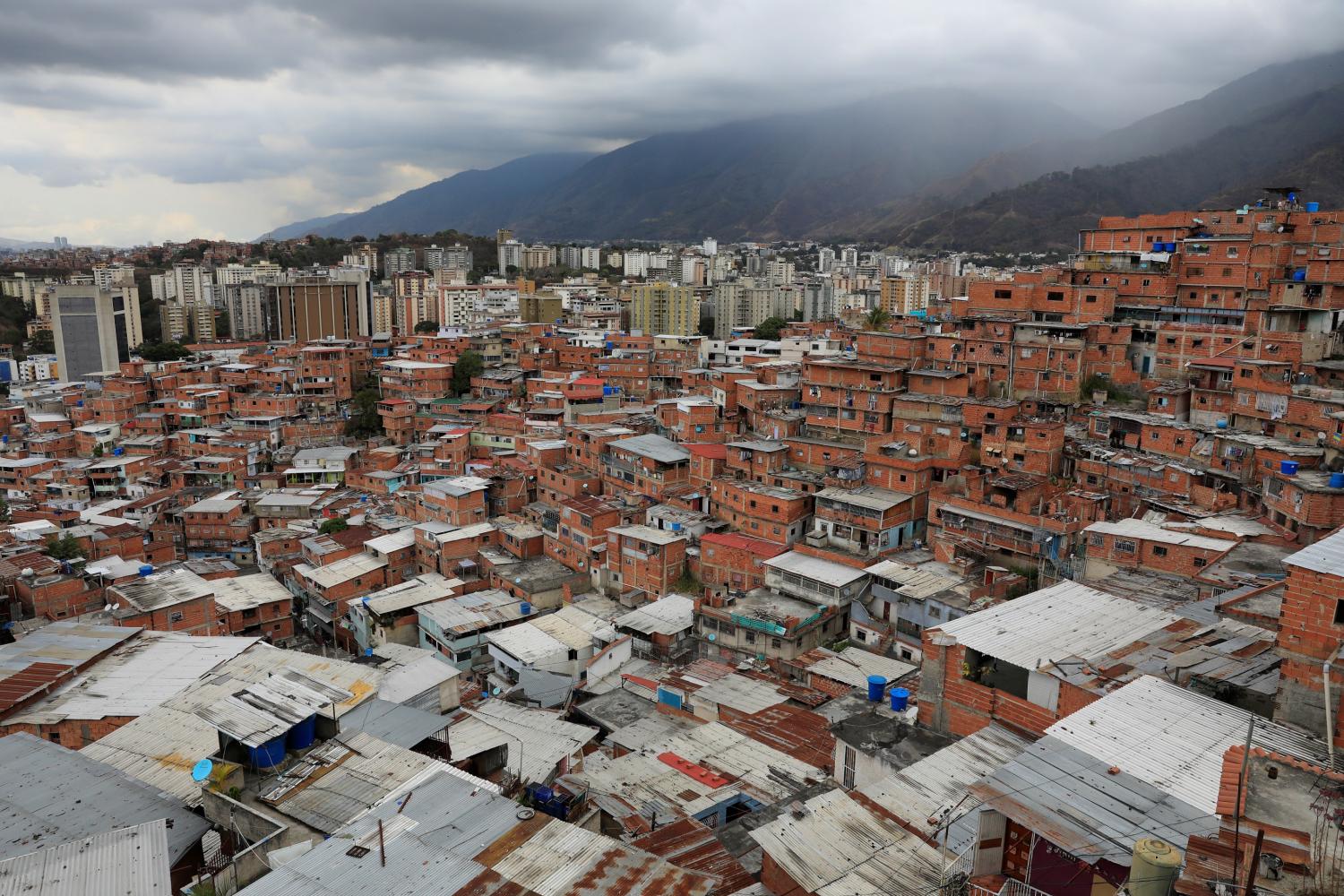For decades, Latin American cities have been central to the economic growth and development of the region. With 80 percent of the region’s population located in urban areas, cities such as Sao Paolo, Mexico City, and Buenos Aires are now thriving centers of employment, commerce and services. As the region looks forward, however, it is worth asking whether this economic growth was well distributed and inclusive. What does it mean for a city to ensure equal access to employment, commerce, housing, schools, and health services?
Concern for inequality generally and urban inequality more specifically is widespread, as evident in the United Nations’ Sustainable Development Goals issued in 2015 and further emphasized in the Habitat III Urban Agenda issued in 2016. In a highly urbanized region such as Latin America, urban inequality is central to development strategies. This is also highlighted in the recent report by the Development Bank of Latin America, “Urban Growth and Access to Opportunities: A Challenge for Latin America.”
Underlying these concerns is a basic question of how much of urban inequality and access to opportunities is due to spatial inequity. Clearly, where one lives determines access. And access determines where one works, shops, receives health care, and much more.
The two elements crucial to achieving access are land use markets and policies and transport linkages and services for different areas of a city. When land markets divide a city into lower versus higher income neighborhoods and force lower income households to live along the urban periphery with limited affordable transport services, the level of spatial inequity increases.
Widely heralded efforts to improve access and housing in core areas of cities can unwittingly exacerbate the situation by enhancing land values and displacing low-income households to less accessible neighborhoods through gentrification. The neighborhoods of Copacabana in Rio and Recoleta in Buenos Aires both have high accessibility. Yet lower-income families tend to get pushed out of such neighborhoods. Low-income residents of Santiago de Chile recently faced such displacement.
Cities looking to design policies to address this inequity are constrained by a dearth of empirical research. Much of the evidence at this point is anecdotal, but concern about increasing urban inequality is widespread.
A recent study in Buenos Aires illustrates how lower income housing is increasingly located on the outskirts of the city where limited public transport results in less access to employment within a reasonable commute. As Figure 1 shows, this pattern is also visible in other cities like Bogota, where higher income residents are clustered in the city center and lower income residents are in the outskirts.

Statistics from the Development Bank of Latin America support this evidence by comparing accessibility to services and facilities using relative travel time in three cities for residents of informal versus formal settlements and available mode of transport (see Figures 2 and 3).


More recently, researchers, supported by improved data collection and processing methods, are increasingly able to measure accessibility with hopes of eventually determining levels of spatial inequity. A crucial measure is to estimate the number of employment opportunities available within the commuting radius of a household or neighborhood. This offers a relative measure of job accessibility between different areas within a city and can serve as the basis for evaluation of alternative policies and/or investments. Such an analysis was conducted for the Lima metro expansion as a complement to traditional cost-benefit evaluations by calculating the increase in job opportunities for neighborhoods affected by the metro. These analyses are now required for World Bank-supported urban transport investments, incorporating social distributional measures not covered in cost benefit calculations.
Relying only on a commuting time constraint, however, is insufficient. To better reflect the constraints of low-income households, World Bank analyses have incorporated an affordability measure based on a given level of expenditure for commuting relative to a person’s income. In the case of Bogota and the Transmilenio Bus Rapid Transit initiative, this helped to illustrate that, despite improved transport services, the potential access to employment opportunities was significantly reduced unless there was a complementary reform in tariff and transfer policies.
What is promising from these efforts is the development of tools and information that bring together land use and transport policies. Until now, however, these measures have been applied to better evaluate transport and related policies and investments with land use taken as a given. Yet, a menu of policies that address both land use and transport is vital.
One can enhance access in myriad ways: by changing land use; bringing jobs, schools or health services closer to neighborhoods; providing low cost housing in more centrally accessible locations; or by increasing mobility through transport investments, services and/or pricing arrangements. A cross-sectoral approach is essential but not easily achieved.
One example of this broader approach being adopted is Buenos Aires, where policymakers are using access measures to plan large-scale urban reconstruction investments. The goal is to increase public transportation and affordable housing for low-income families near business districts.
Ultimately, the answer to urban access and equality lies in the role of local governance. As Latin American cities have grown, accessibility needs have crossed municipal boundaries, requiring new ideas for metropolitan governance. While some cities have developed metropolitan transport agencies to coordinate across multiple local governments, there is less incentive to develop similar or parallel fiscal and land use structures.
Simply put, local mayors are reluctant to give up taxing and land use authority. Yet, this is increasingly crucial in areas with serious spatial inequities. The issue of competing interests between local governments is a crucial challenge for effectively addressing spatial inequity and enhancing inclusive urban development. Solving it will require broad policy reforms.




